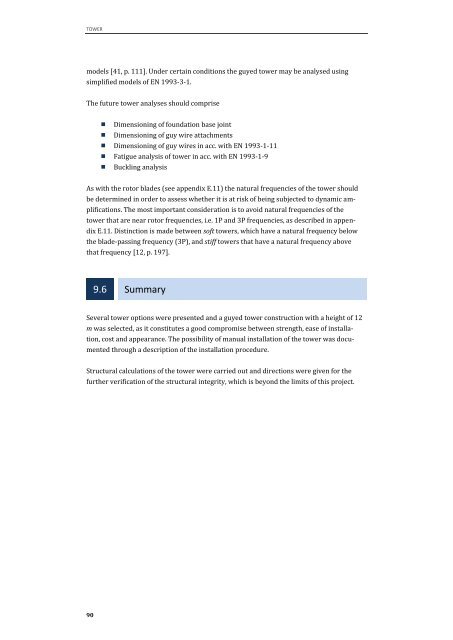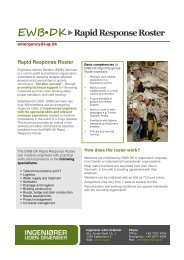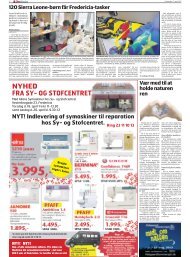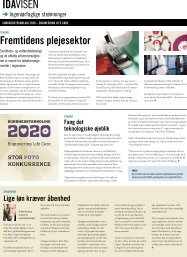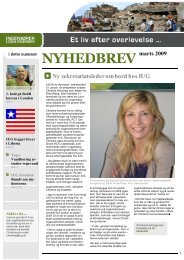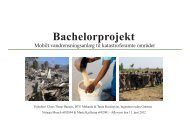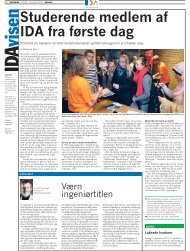You also want an ePaper? Increase the reach of your titles
YUMPU automatically turns print PDFs into web optimized ePapers that Google loves.
TOWER<br />
models [41, p. 111]. Under certain conditions the guyed tower may be analysed u<strong>sin</strong>g<br />
simplified models of EN 1993-3-1.<br />
The future tower analyses should comprise<br />
90<br />
� Dimensioning of foundation base joint<br />
� Dimensioning of guy wire attachments<br />
� Dimensioning of guy wires in acc. with EN 1993-1-11<br />
� Fatigue analysis of tower in acc. with EN 1993-1-9<br />
� Buckling analysis<br />
As with the rotor blades (see appendix E.11) the natural frequencies of the tower should<br />
be determined in order to assess whether it is at risk of being subjected to dynamic am-<br />
plifications. The most important consideration is to avoid natural frequencies of the<br />
tower that are near rotor frequencies, i.e. 1P and 3P frequencies, as described in appen-<br />
dix E.11. Distinction is made between soft towers, which have a natural frequency below<br />
the blade-pas<strong>sin</strong>g frequency (3P), and stiff towers that have a natural frequency above<br />
that frequency [12, p. 197].<br />
9.6 Summary<br />
Several tower options were presented and a guyed tower construction with a height of 12<br />
m was selected, as it constitutes a good compromise between strength, ease of installa-<br />
tion, cost and appearance. The possibility of manual installation of the tower was docu-<br />
mented through a description of the installation procedure.<br />
Structural calculations of the tower were carried out and directions were given for the<br />
further verification of the structural integrity, which is beyond the limits of this project.


